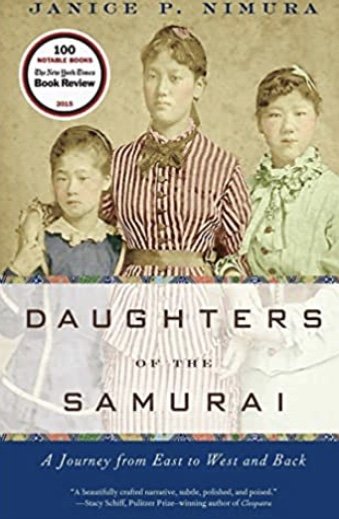Please Look After Mom by Kyung-Sook Shin (Knopf)
None of Mom’s children give her much thought until the day she goes missing in a busy Seoul subway station. One minute she’s clutching her husband’s hand as he’s forcing his way down the stairs and then she’s gone. Before he realizes her absence, he’s already packed into a crowded car, unable to leave. When he returns to the spot where he last saw his wife, she has vanished.
As they begin to search for her, her children realize they barely remember the date of her birthday. Mom had submerged her celebrations into those of her husband’s, for the sake of convenience. In fact they don’t know her true age, their father tells them, because she’s older than her birth certificate indicates. They don’t have a recent photograph of her because Mom hated having her picture taken and nobody ever pressed the issue.
When they think of the 69-year-old woman named Park So-nyo who turned out to be really 71, all they can think of is Mom, whose “house was like a factory,” filled with juices and sauces and pastes and fermented fish made by her own hands. All they remember at first when they think of Mom is how she perpetually worried that her children might go hungry and how she always made sure they were fed.
Their search is for a woman whom they barely know, one whose reported sightings are ghostly, in neighborhoods her children left long before. As they try to understand the mystery of why she didn’t call any of them or why she hasn’t gone to a police station to ask for help, they begin to turn up fragments of memory--the unspoken knowledge that Mom is unable to read, the ignored signs of her ill health, the way she cared for her family unaided when their father temporarily abandoned his household.
As Mom gradually takes shape while still remaining elusive, each member of her family sees dimensions of her that they have constantly overlooked--her curiosity about one daughter’s trips abroad, her longing to read the books written by a child with whom she constantly battles, her hidden devotion to a brother-in-law who killed himself before her children were born, and her connection to “that man,” who is linked to her in a way that always remained a secret.
Mom slowly unfolds like a budding flower, in a shadowed fashion through the eyes of others. Only at the end of her story does she emerge with her own voice, and by then she’s taken on another shape, an unrecognizable form.
In the relentlessly urban world of modern-day Korea, Mom is embarrassingly rural, only recognized for what she gives and how she nourishes once she has disappeared. Kyung-Sook Shin has created a delicate allegory, a fable built with spiderwebs, carefully and gracefully constructed. Her opening sentence echoes the stark lack of sentiment that characterizes the beginning of Camus’ The Stranger. The famous “Mother died today. Or was it yesterday,” is matched by “It’s been one week since Mom went missing.” But unlike the narrator of the French classic, Mom’s children find their way into the compassion and tenderness of Shin’s final sentence, voiced to the Pieta, “Please, please look after Mom.”~Janet Brown







